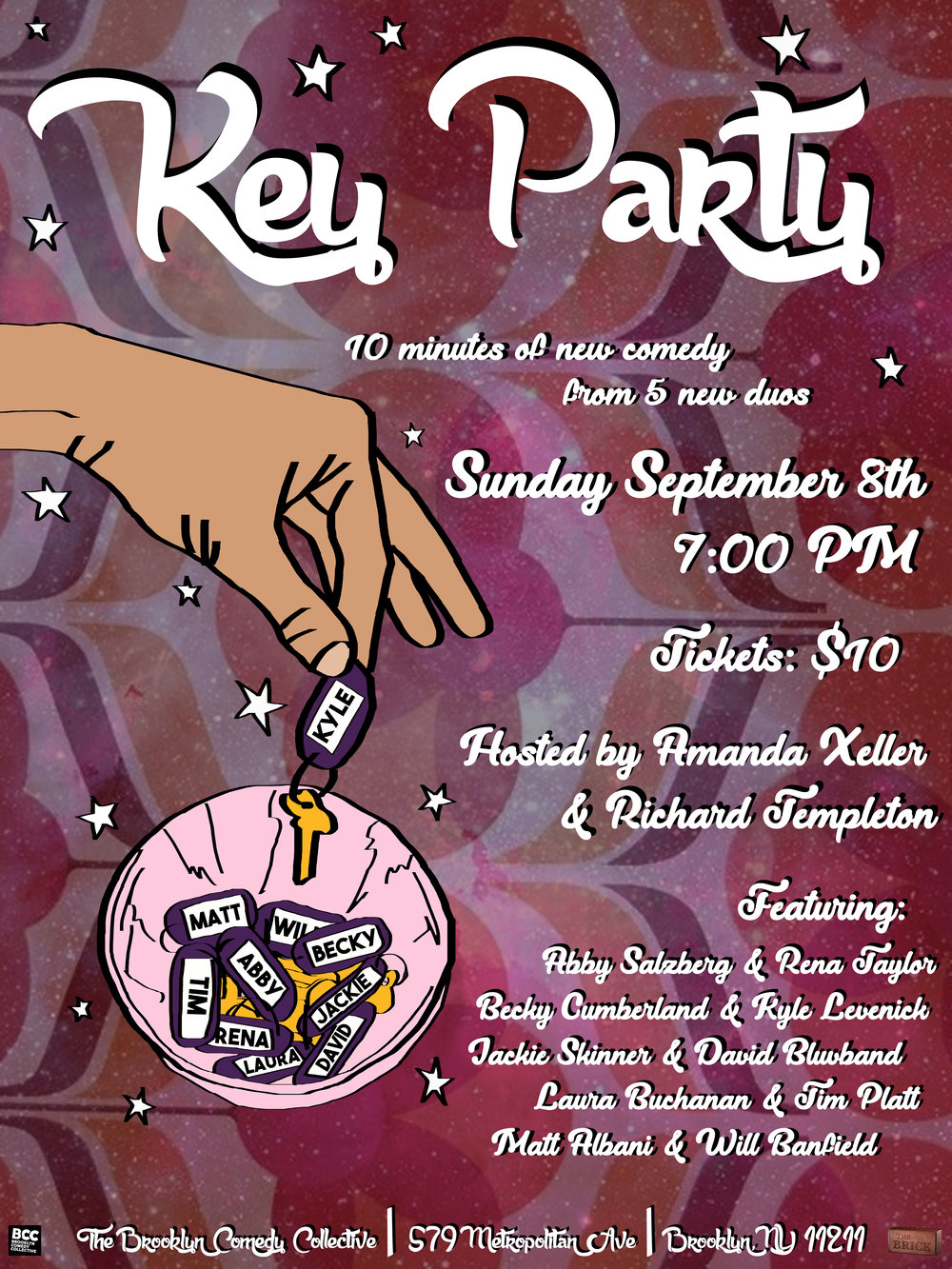The Meaning of Key Party: Unveiling a Fascinating Tradition
Key parties have long captured the curiosity of many, often portrayed in movies and TV shows as a unique and mysterious gathering. In this article, we will delve into the meaning of key parties, exploring their origins, cultural significance, and how they are perceived today. Join us on this intriguing journey to uncover the secrets behind the key party phenomenon.
1. Understanding Key Parties:

Key Parties
To comprehend the meaning of key parties, we must first grasp the concept behind them. Key parties are social events where couples gather to engage in a unique form of adult entertainment.
During these gatherings, participants place their house keys into a bowl or container, and later in the evening, the keys are randomly selected by another participant. The selected keys determine the pairing for the night, leading to potential intimate encounters.
2. Origins of Key Parties:
Key parties emerged in the 20th century, particularly in the United States, as a part of the sexual revolution and the exploration of alternative lifestyles.
They were popularized during the 1960s and 1970s, gaining notoriety in progressive communities where individuals sought to challenge societal norms regarding monogamy and relationships.
3. Cultural Significance:

Key Parties
Key parties served as a symbol of liberation, self-expression, and the rejection of traditional sexual boundaries. They provided a platform for individuals to explore their desires, experiment with open relationships, and challenge the notion of possessiveness within partnerships.
Some participants believed that key parties promoted honesty, communication, and personal growth within the context of their relationships.
4. Media Influence:
The media played a significant role in shaping the perception of key parties. Movies like "The Ice Storm" and "Bob & Carol & Ted & Alice" depicted key parties as risqué and morally ambiguous gatherings.
These portrayals fueled public curiosity and sparked debates about the morality and ethics surrounding such events.
5. Contemporary Views:
In modern times, key parties are not as prevalent as they once were. They are often seen as a relic of the past, associated with a particular era and mindset.
However, some communities and individuals still organize key parties as a way to explore non-traditional relationship dynamics, emphasizing consent, trust, and open communication.
6. Consent and Boundaries:
One crucial aspect of key parties is the emphasis on consent and boundaries.
Participants engage in these events voluntarily, and clear communication is vital to ensure that everyone feels comfortable and respected.
Consent should be obtained at every stage, and participants should have the freedom to withdraw their consent at any time.
7. Criticisms and Controversies:
Key parties have faced criticism and controversy throughout their history. Some argue that they trivialize intimate relationships, promote risky behavior, and can lead to emotional harm.
Opponents believe that these events undermine the values of commitment and fidelity.
8. Alternative Interpretations:
While the traditional key party meaning revolves around sexual exploration, some communities have adopted alternative interpretations.
In these reinterpretations, key parties focus on fostering social connections, friendship, and community building rather than solely on sexual encounters.
Key parties hold a captivating place in cultural history, representing a moment of liberation and experimentation within relationships. Understanding the meaning of key parties requires examining their origins, cultural significance, and contemporary views. While they have waned in popularity over the years, key parties continue to intrigue and inspire conversations about the boundaries and dynamics of human relationships. Whether viewed as a relic of the past or as an avenue for exploration, key parties remain an intriguing aspect of social and sexual culture.